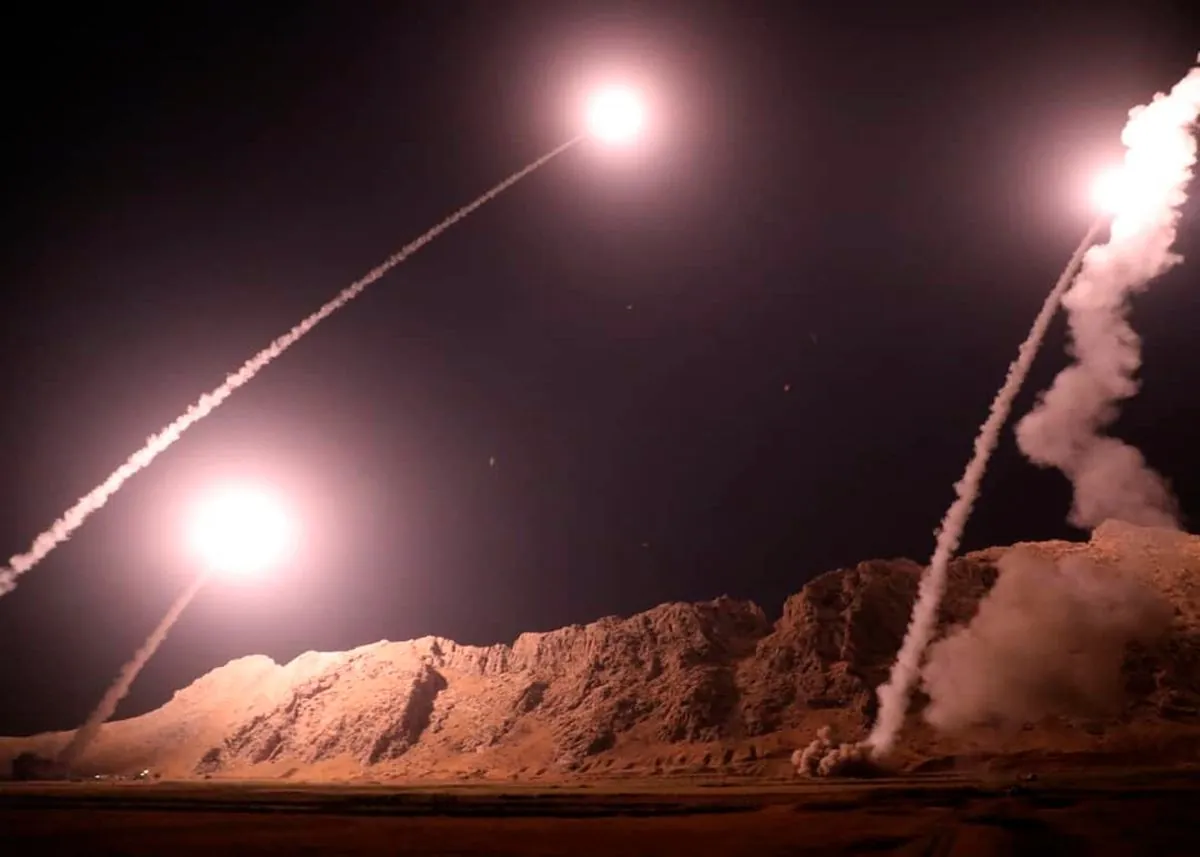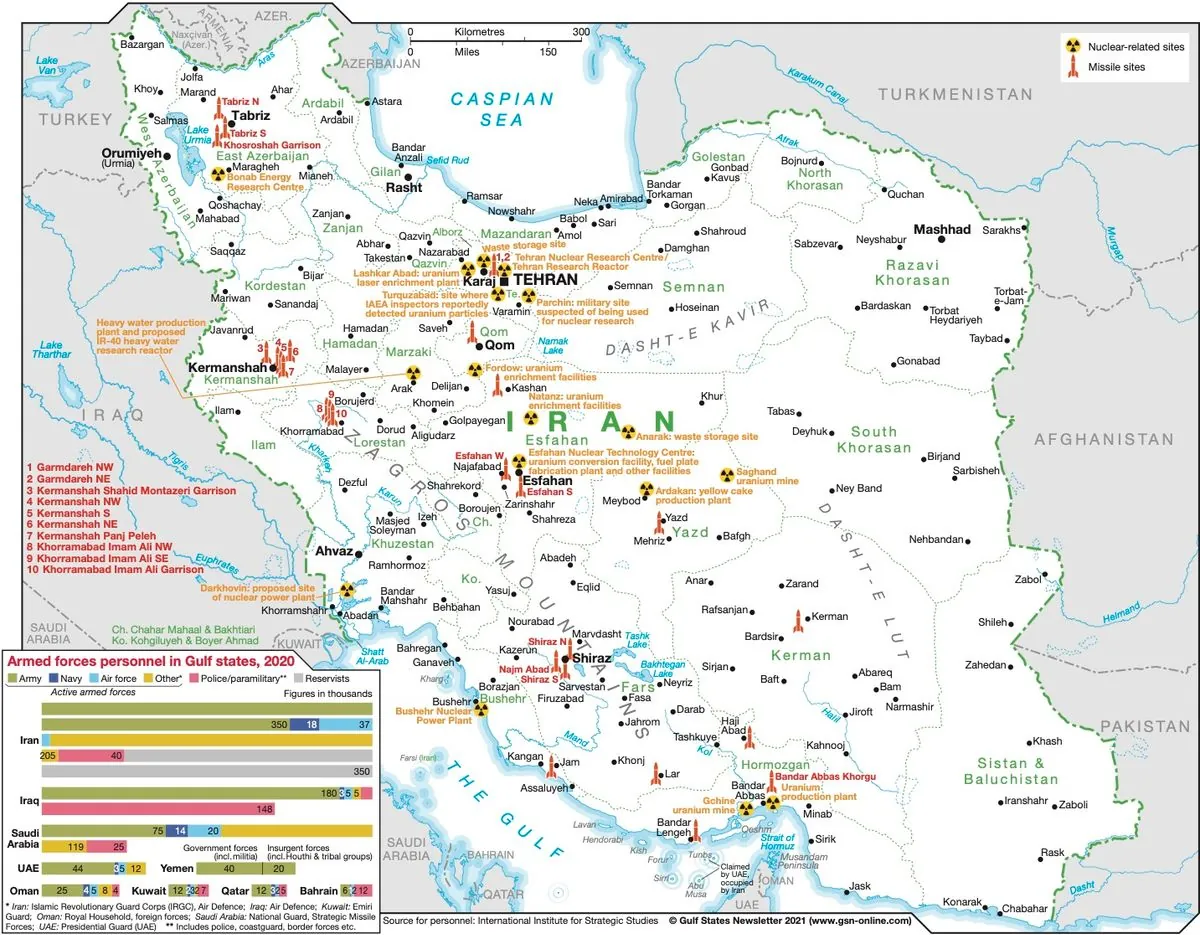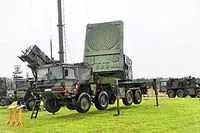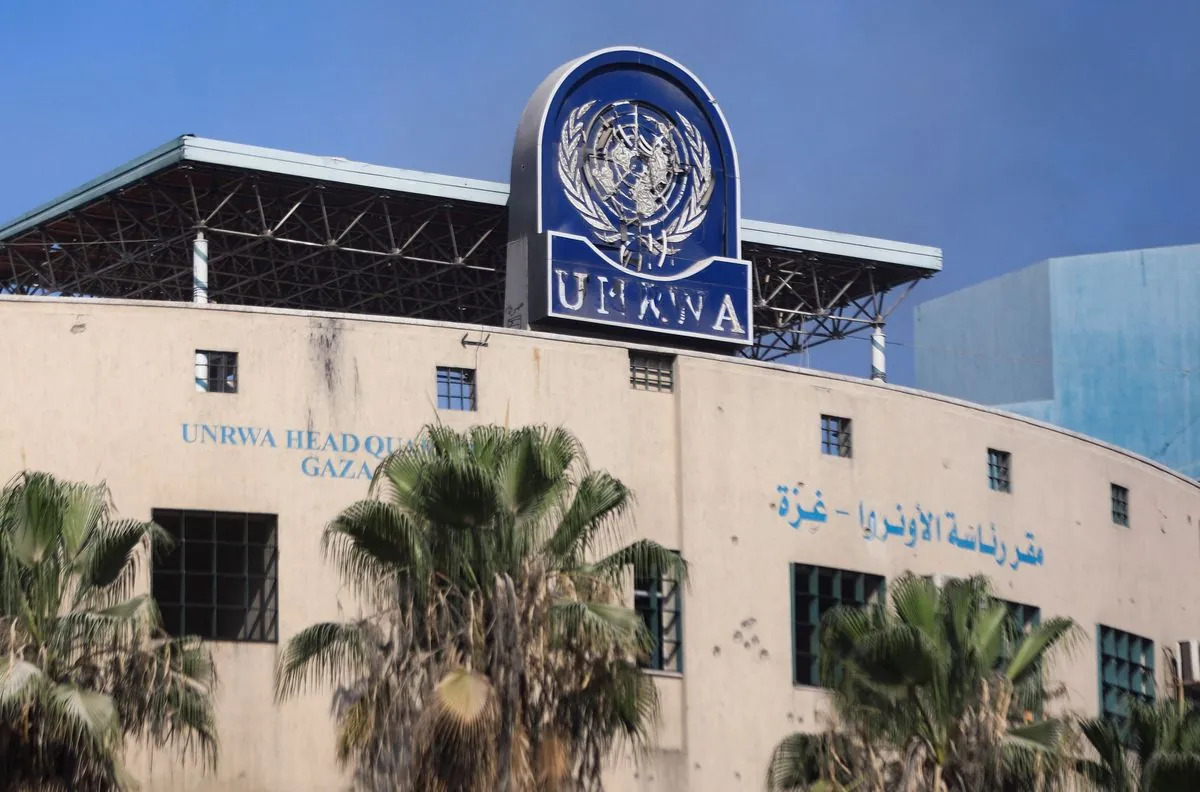Iran's Missile Program: Capabilities and Limitations Exposed in Recent Attack
Analysis of Iran's April 2023 attack on Israel reveals significant accuracy issues with its missile program. Experts reassess the threat level as Iran considers retaliation options against Israel.

Iran's missile program, long considered a formidable threat, has come under scrutiny following its April 2023 attack on Israel. This unprecedented assault, the first of its kind since Saddam Hussein's Scud missile attacks in 1991, has exposed both the capabilities and limitations of Iran's military technology.
The attack, codenamed "True Promise," involved a complex array of weaponry. Iran launched approximately 170 drones, 30 cruise missiles, and 120 ballistic missiles. This diverse arsenal showcased the breadth of Iran's missile program, which has been developing since the Iran-Iraq War in the 1980s.

However, the effectiveness of this massive barrage was questionable. Many projectiles were intercepted by a U.S.-led coalition, while others reportedly failed at launch or crashed mid-flight. Even those that reached Israel seemed to miss their intended targets.
A new analysis by experts from the James Martin Center for Nonproliferation Studies has revealed that one of Iran's most advanced missiles, the Emad, is far less accurate than previously believed. The study focused on the strike against Nevatim Air Base in Israel, where at least four Iranian missiles landed.
"If I were supreme leader, I would probably be a little disappointed."
The analysis suggests that the Emad missile's accuracy is significantly worse than earlier estimates, with an average "circular error probable" of about 1.2 kilometers. This finding contradicts Iran's claims of a 50-meter accuracy circle, which would have been on par with top missile specifications globally.
These revelations have implications for Iran's military strategy. If Iranian missiles cannot hit targets precisely, their role may shift from conventional military operations to potential "terror weapons," reminiscent of the harassing missile fire seen during the Iran-Iraq War.
Despite these setbacks, Iran's missile program remains one of the largest in the Middle East. Since its inception during the Iran-Iraq War, it has made significant strides. Notable developments include:
- The Shahab-3 missile, based on North Korea's Nodong-1, first tested in 1998
- The solid-fuel Sejjil missile, introduced in 2008
- The Qiam-1, a modified Scud missile, unveiled in 2010
- The Zolfaghar missile, with a claimed range of 700 km, first used in 2017
- The Khorramshahr missile, boasting a range of 2,000 km, unveiled in 2017
Iran's options for direct military action against Israel are limited by geography and technological constraints. With no shared border and approximately 1,000 kilometers separating the two nations, Iran must rely on long-range missiles and drones for potential strikes.
The specter of nuclear weapons development looms large in discussions about Iran's military capabilities. While Iran maintains its nuclear program is peaceful, U.S. intelligence agencies reported in July 2024 that Iran has "undertaken activities that better position it to produce a nuclear device."
As tensions persist, Iran continues to refine its missile technology. The recent attack on Israel has likely provided valuable data for improvements. However, the revealed limitations of Iran's current missile arsenal may necessitate a reevaluation of its deterrence strategy in the region.


































